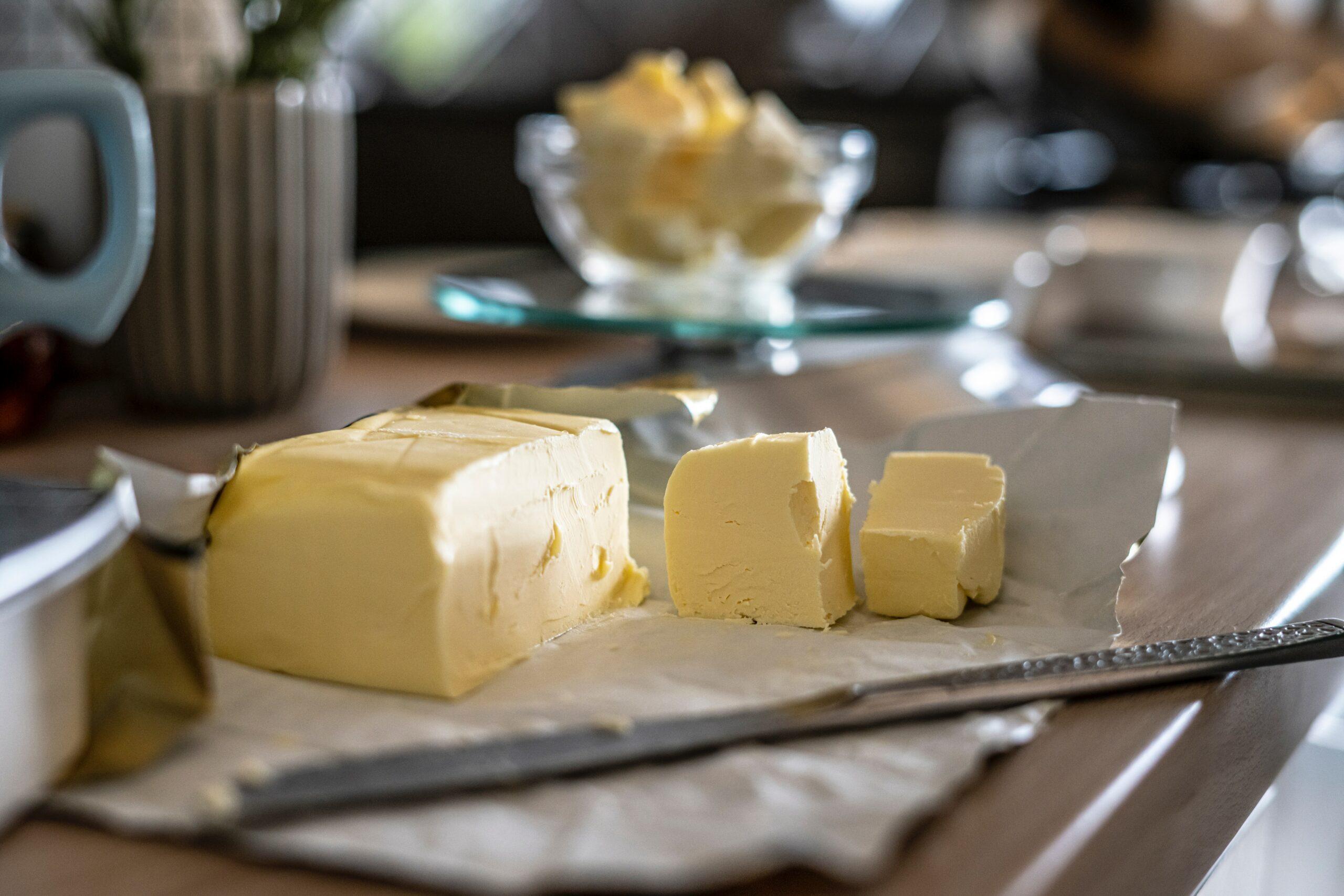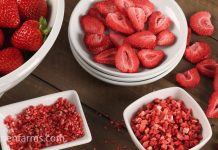Is Butter Dairy? Debunking the Dairy Connection
Butter, with its rich flavor and creamy texture, is a beloved ingredient in countless dishes. Yet, a common question often arises: Is butter dairy? The relationship between butter and dairy products can be a source of confusion for many. In this article, we aim to shed light on this debate and provide a clear understanding of whether butter should be classified as a dairy product.
Defining Dairy and Butter: Unraveling the Terminology
Before delving into the butter-dairy connection, it’s crucial to define the terms. Dairy products encompass a range of foods that are derived from milk, including milk itself, cheese, yogurt, and more. Butter, on the other hand, is crafted from cream—a component extracted from milk. While milk is undeniably a dairy product, does this classification extend to butter?
The Dairy Content in Butter: Fact or Fiction?
The short answer is yes—butter is indeed considered a dairy product. Butter originates from milk through a process that involves churning or agitating cream until it solidifies. This cream, in turn, is separated from milk, making butter a product that is inherently tied to the dairy industry.
However, the distinction lies in butter’s composition. Unlike liquid dairy products, such as milk or yogurt, butter comprises primarily milk fat and water. The milk solids present in butter contribute to its unique flavor and properties, setting it apart from other dairy products in terms of texture and versatility.

The Composition of Butter: Milk’s Transformation
Understanding butter’s composition is key to comprehending its place within the dairy spectrum. Butter is created through the separation of milk components, particularly the milk fat from the milk solids. This process involves churning or agitating cream until the fat molecules cluster together, forming the familiar texture of butter.
The milk solids in butter lend it a slightly milky taste and contribute to its distinct aroma. However, the water content in butter is significantly lower compared to milk, giving it a solid consistency at room temperature.
Nutritional Aspects: Butter’s Nutrient Profile
Now that we’ve established butter’s dairy origin, let’s delve into its nutritional value. Butter is primarily composed of fat, with a relatively low water content. It’s a concentrated source of calories, offering approximately 102 calories per tablespoon. In terms of macronutrients, butter contains saturated and unsaturated fats, alongside small amounts of protein.
While butter isn’t a significant source of vitamins and minerals, it does provide a modest amount of vitamin A and vitamin K. It’s important to note that the nutritional profile of butter can vary based on factors such as production methods and whether it’s salted or unsalted.
Lactose and Dairy Allergies: Butter’s Suitability
For individuals with lactose intolerance or dairy allergies, butter often raises questions about its suitability. Lactose, the sugar naturally found in milk, is present in small amounts in butter. However, during the butter-making process, most of the milk’s water-soluble components, including lactose, are removed with the buttermilk. As a result, butter contains minimal lactose and is generally well-tolerated by those with lactose intolerance.
However, individuals with severe dairy allergies should exercise caution. While the milk proteins present in butter are also removed in the separation process, cross-contamination remains a concern. It’s advisable for individuals with dairy allergies to consult with a healthcare professional before incorporating butter into their diet.
Butter Alternatives: Navigating Non-Dairy Choices
While butter is a staple in many kitchens, those seeking non-dairy options have a range of alternatives to consider. Plant-based spreads made from ingredients like coconut oil, olive oil, or nut butters provide options for individuals with dietary restrictions or preferences. These alternatives offer similar textures and can be used in cooking and baking, making them versatile choices for those looking to avoid dairy.
Culinary and Dietary Uses: Butter’s Versatility
One of butter’s remarkable qualities is its versatility in the culinary world. From sautéing vegetables to baking flaky pastries, butter’s rich flavor enhances a myriad of dishes. Its high fat content contributes to the tenderness of baked goods and imparts a satisfying richness to sauces and gravies.
Butter’s unique composition makes it an essential ingredient for achieving certain culinary textures and flavors that may be challenging to replicate with other fats. However, for those following specific dietary guidelines, knowing when and how to use butter mindfully is essential.
Debunking Common Myths: Dispelling Misinformation
As with many topics, misconceptions and myths can cloud our understanding. One prevalent myth is that butter is entirely free of lactose and dairy proteins. While it’s true that the levels of these components are significantly reduced during butter-making, traces may still remain. Addressing such myths with accurate information ensures that individuals can make informed decisions about including butter in their diets.
Frequently Asked Questions About Butter and Dairy
Is butter considered a dairy product?
Yes, butter is indeed classified as a dairy product due to its milk-derived origin.
Does butter contain dairy proteins?
While butter’s production process removes most dairy proteins, trace amounts may remain.
Is there lactose in butter?
Butter contains minimal lactose, as most of it is removed during the churning process.
Can I use butter if I’m lactose intolerant?
Individuals with lactose intolerance can often tolerate butter due to its low lactose content.
What makes butter different from other dairy products?
Butter’s composition sets it apart, as it primarily consists of milk fat and water.
Are there non-dairy alternatives to butter?
Yes, plant-based spreads made from oils or nut butters serve as alternatives for those avoiding dairy.
Can butter be used in a dairy-free diet?
While butter contains dairy components, some non-dairy diets may still incorporate small amounts of butter.
Is ghee considered a dairy product?
Ghee, also known as clarified butter, is derived from butter but has had its milk solids removed, making it suitable for some with dairy sensitivities.
Can I substitute butter with oil in recipes?
Yes, oil can often be used as a butter substitute in recipes, but it’s important to consider the flavor and texture implications.
Should I choose salted or unsalted butter for health reasons?
The choice between salted and unsalted butter is more about taste preference than health, as the sodium content in salted butter is relatively modest.
Conclusion:
In conclusion, the question “Is butter dairy?” is unequivocally answered—butter is indeed a dairy product due to its milk-derived origin. However, butter’s unique composition, distinct from liquid dairy products, sets it apart. It’s rich in fat and imparts a luxurious texture and flavor to a wide array of dishes.




